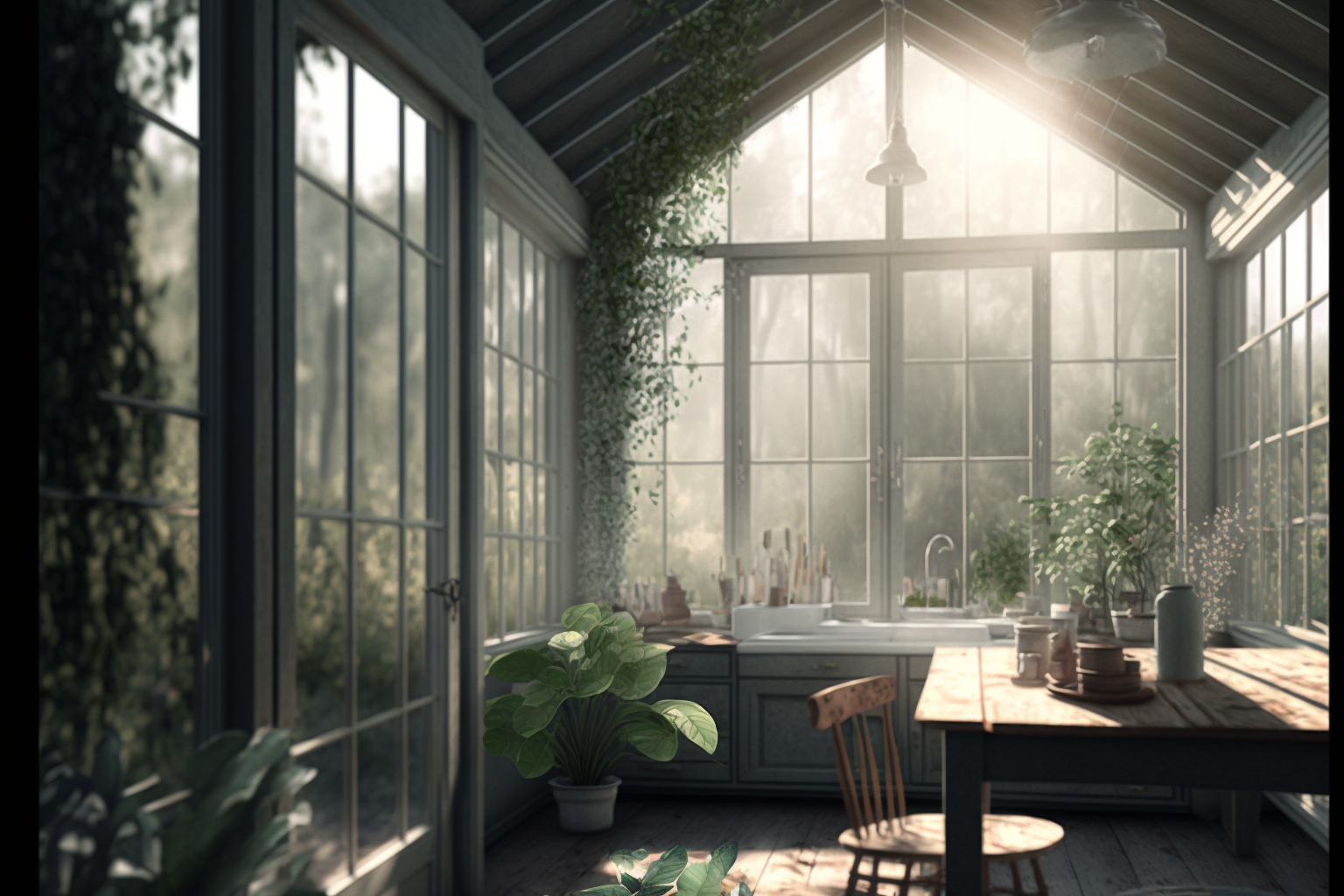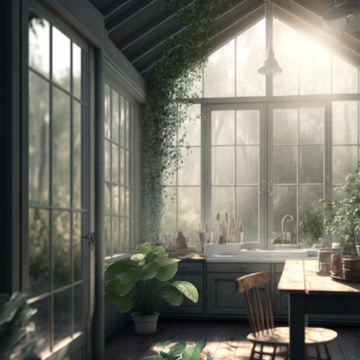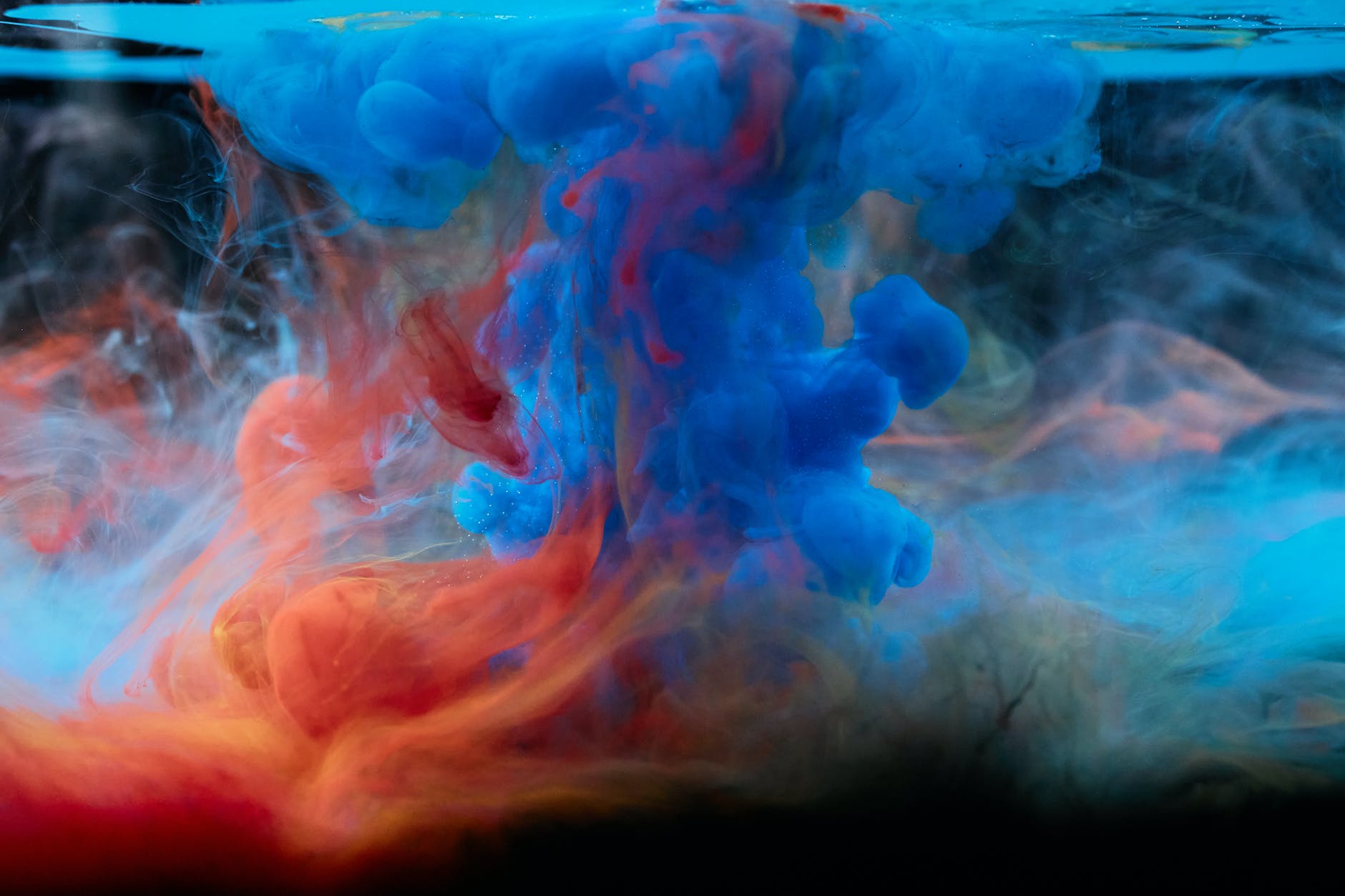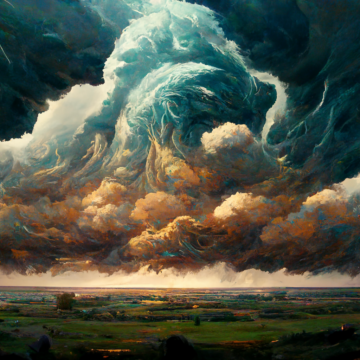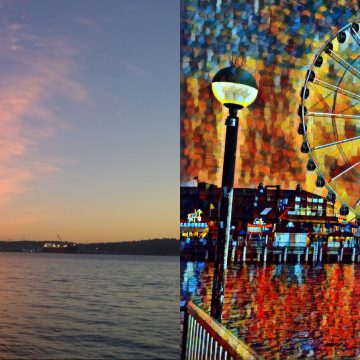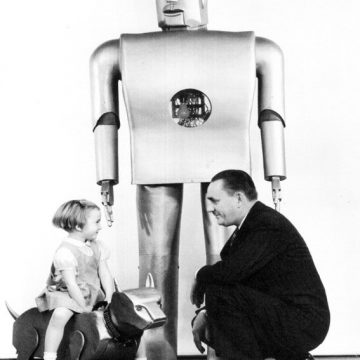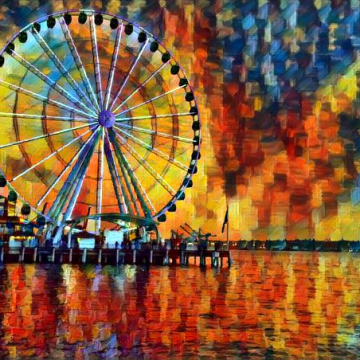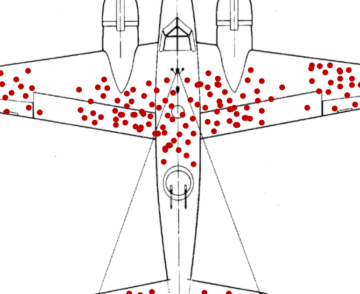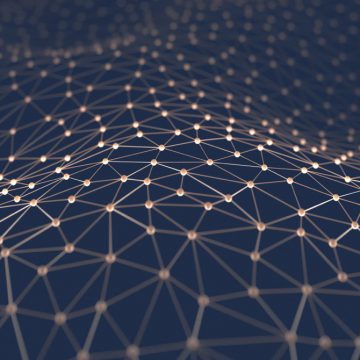This is the third in a three-part series introducing revolutionary changes in AI-generated art. In Part I: AI Art Comes of Age, we traced back through some of the winding path that brought us to this point. Part II: Deep Learning and The Diffusion Revolution, 2014-present, introduced three basic methods […]
Read MoreMachine Learning
Engines of Wow: Part II: Deep Learning and The Diffusion Revolution, 2014-present
A revolutionary insight in 2015, plus AI work on natural language, unleashed a new wave of generative AI models.
Read MoreEngines of Wow: AI Art Comes of Age
Advancements in AI-generated art test our understanding of human creativity and laws around derivative art.
Read MoreNeural Style Transfer – Current Models
I’m working on a neural-style transfer project, and have several machine learning models trained to render input photos in particularly styles. The current set is below; input image on the left, output image on the right, with model name in lower right hand corner. I’ve got a few clear favorites, […]
Read MoreElektro, the Smoking Robot of 1937
I’ve always been fascinated by past visions of the future. Science fiction uses the future to tell us something about ourselves, so looking back on past visions of the future, we can learn something about that age and the values, myopia, optimism and fears of the time. It’s also healthy to […]
Read MoreMonitor Shell Status Remotely with Seashells.io
Now that I’m knee-deep in machine learning models, I’m finding there are several times where I need to let my CPU/GPU crank away on a long-running “training” task for hours at a time, and I’d like to be able to check their status from afar. The handy, free and cleverly-named […]
Read MoreApplying Artist Styles to Photographs with Neural Style Transfer
In 2015, a research paper by Gatys, Ecker and Bethge posited that you could use a deep neural network to apply the artistic style of a painting to an existing image and get amazing results, as though the artist had rendered the image in question. Soon after, a terrific and fun […]
Read MoreSurvivorship Bias
In WWII, researcher Abraham Wald was assigned the task of figuring out where to place more reinforcing armor on bombers. Since every extra pound meant reduced range and agility, optimizing these decisions was crucial. So he and his team looked at a ton of data from returning bombers, noting the […]
Read MoreMachine Learning/AI for Kids: Resources
I’m on a parent advisory committee at my daughter’s school. The committee is taking a look at the school’s existing Computational Thinking curriculum and where it might want to head in the future. Luckily for us, the faculty is already doing a very good job with the curriculum. So our role as […]
Read More